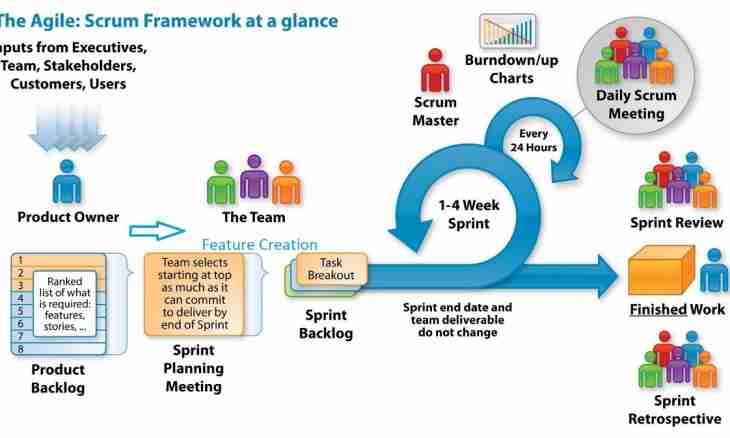Hyperonyms and hyponyms are studied by linguists on the basis of system communications between word meanings. Conceptual word meanings do not exist separately, and are in hierarchical communication in any theme group.
It is required to you
- Textbook of linguistics
Instruction
1. A hyperonym call general specific (generic term) under which supervision the hyponyms expressing names of concepts are. For example, "liquid" hyponyms "water", "milk", "wine", etc. are subordinated to a hyperonym.
2. Very often the word can become a hyperonym for other private hyponyms. If to consider a hyperonym "time", then it is possible to allocate seconds, minutes, hours, days of the week, years, centuries, etc. At the same time days of the week include their names: Monday, Tuesday, Wednesday, etc.
3. Sometimes not the word, but a phrase acts as a hyponym. For example, at creation of a hierarchical row "trees" it is possible to remove the following chain: trees – deciduous trees – a birch, a willow, etc.
4. Investigating the nature of hyponyms and hyperonyms, scientists use a method of the component analysis which allows to sort out the semantic relations between words, to define a conceptual word meaning through a sort and its characteristics. The most striking example of such partition of a theme group on components is, actually, the hyperonym "a sort, family".
5. The first that it is obviously possible to find out in the analysis of hyponyms: the father, mother, the sister, the grandmother, the cousin, the uncle, the second cousin are degree of relationship, a krovnost. The second, is accessory to a certain generation: senior "grandmother", "grandfather"; average "mom", "dad", "aunt"; younger "son", "granddaughter", etc. The third, relationship through marriages – the brother-in-law, the mother-in-law, the mother-in-law, etc.
6. There is also a concept sogipony. Sogiponima are understood as the words included in a uniform theme group, i.e. hyponyms on the relation to each other. For example, a hyperonym "dog" unites hyponyms "bulldog", "sheep-dog", "dachshund", "lap dog", etc. Among themselves these words will be sogiponima of one hierarchical row.
7. Sogiponima are independent from each other on the semantic, lexical, conceptual meanings. If to take for example, a hyperonym "flowers", becomes clear that to correlate hyponyms "camomile", "tulip" or "buttercup" will hardly turn out.
8. Linguists revealed the principle of interchangeability of words in the offer – the hyperonym cannot be replaced with a hyponym. The hyperonym can be always used instead of a hyponym. As an example, it is possible to give such situation. If to tell you: "This spiteful animal barked and nearly snatched on the neighbour's child" – it will become without fail clear to you that it is about a dog. However in the offer "She was such pretty, fluffy, with a snub-nosed flat nose" until to you call a character, and it can be the girl, a dog of breed a Pekinese, the Persian cat, you will not understand anything.
9. Hierarchical ranks of the hyponyms submitting to already existing hyperonyms constantly are replenished at the expense of neologisms. New breeds of animals, grades of vegetables and fruit, etc. are removed.

